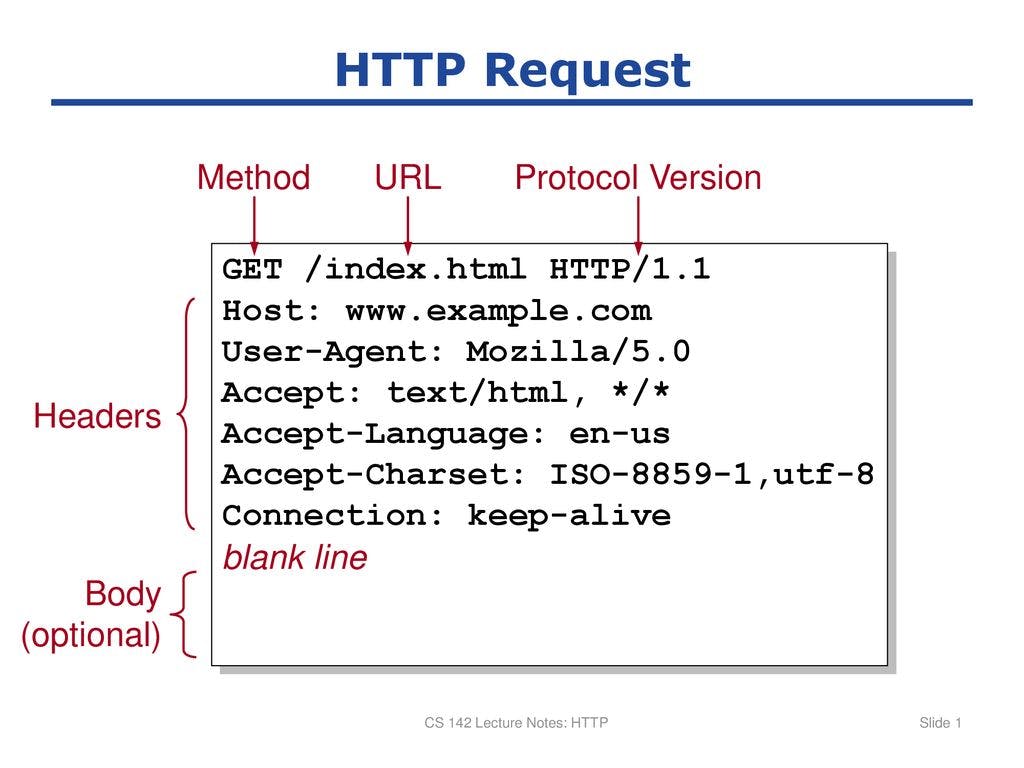Introduction
Many of us are fairly accustomed to the term HTTP or HTTPS.
Yes, you're right these are the words that we often see in the URL of a webpage in a browser. Basically, HTTP is a kind of protocol that helps all web applications to transfer messages amongst browsers. It is used for establishing a connection between the web.
In the earlier days, HTTP was used for fetching HTML pages however with time, nowadays it is used for transferring a lot of data like- images, audio, videos, document files, etc.
Important Features
HTTP Connectionless- after making a request the client gets disconnected from the server then after the response has been generated the server again establishes the connection and delivers the response.
HTTP is stateless- the client and server are only aware of one another during the active request; if it ends and the two computers want to reconnect, they must exchange information and the connection is treated as if it were the first time.
Two Types Of Methods in HTTP
- Request

Method- gives us the instructions.
URI-
a) Uniform Resource Identifier
b) set of readable characters
c) a way to locate the resource
Header- provides some information and rules.
- Response

Status Code- tells the client if the request has succeeded or failed. For example- 200 means ok and 404 means not found.
About HTTPS & SSL Certificate
In the term HTTPS, the letter "S" means security, i.e all the information or data passing between the server and browser is encrypted so that no hacker or any third party person can steal the information traveling between the server and the browser.
Having this security is highly essential while making online payments, logging in with email IDs, etc. This encryption is achieved by SSL (Secure Socket Layer) certificate. This certificate stays inside our browser and is used for matching and verifying the approved certificate that our website carries.
The SSL certificates are of two types:
Asymmetric
Symmetric
Asymmetric- In asymmetric encryption, encryption happens with the browser's public key but the decryption happens with the server's private key. Asymmetric encryption is achieved by two types of keys that's why it is called an asymmetric method.
Symmetric- In symmetric encryption, both the encryption and decryption occur with the same key, that's why it is called a symmetric method.
In an SSL certificate, both the symmetric and asymmetric methods combine to give more security.
I hope that you must have found this article quite helpful. If yes, then do give a read to some of my other articles!
Who knows you might become a great programmer 🤔!
